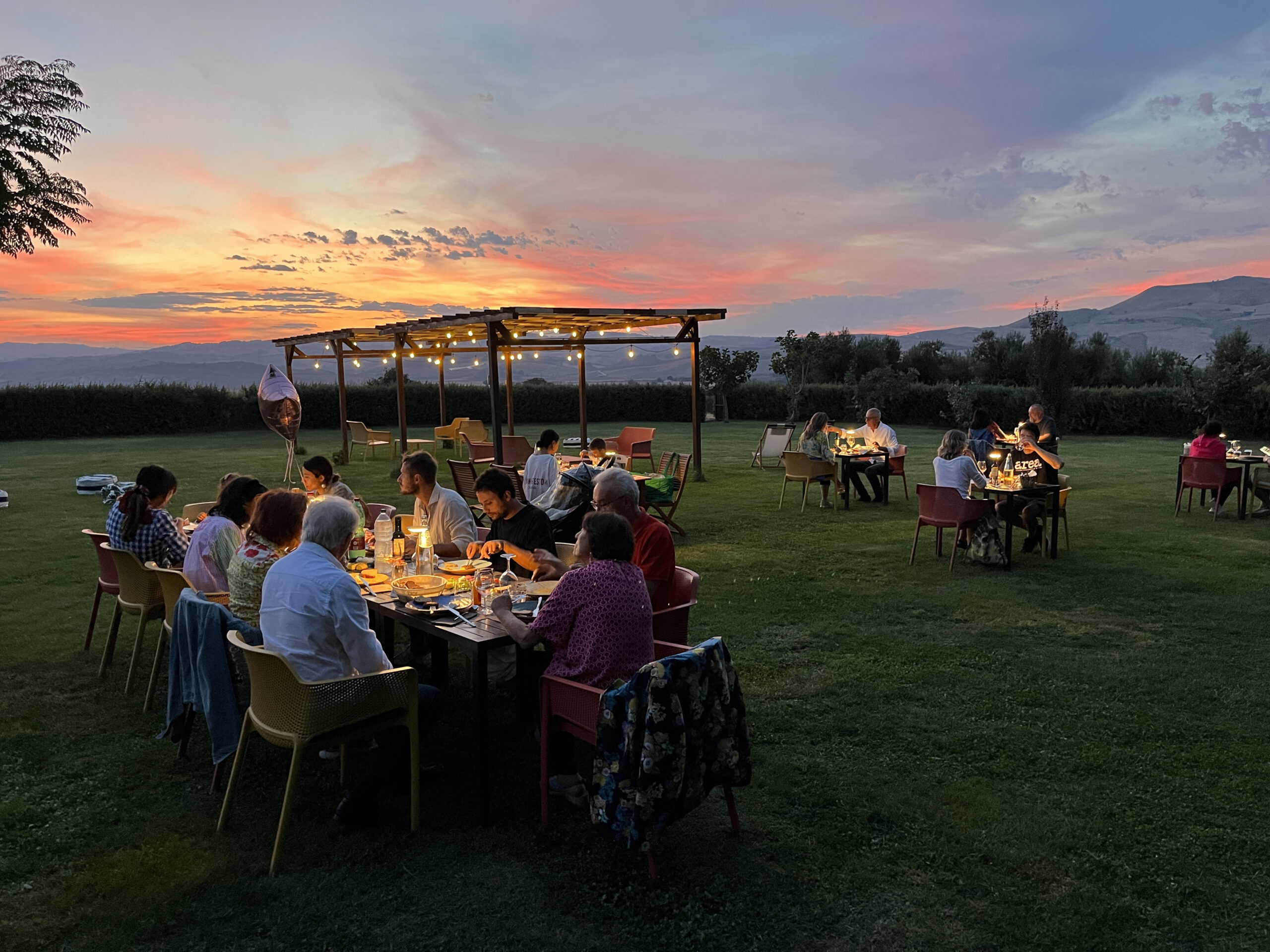ROME (THE WASHINGTON POST) – MOLISE, Italy – Poor Molise, I used to think.
It is one of Italy’s 20 regions, but it seems to get fewer visitors than certain restaurants in Tuscany. To the extent it has any reputation at all, it is as an unremarkable backwoods. Dismissed by travel guidebooks. Overlooked by Italians. On the wooden Italy puzzle I bought for my son – a piece for every region – Molise is attached to Abruzzo.
Molise non esiste, the saying goes in Italian. Molise doesn’t exist.
But I realize now – after a week-long family road trip from our home in Rome – that these factors allow Molise to hide in the best way possible. In an era when Italy is so warped by tourism, when even the “off-the-beaten-path” itineraries lead you to crowded Instagram towns, visiting Molise feels like more than an antidote. It feels like finding the buried heart of why travellers fell for Italy in the first place.
I share all this with a bit of trepidation. We all want to hoard our secrets, preserve what feels special. And besides, Molise isn’t really conducive to a glossy sales pitch. It has no A-level bucket-list sites. It has 20 miles of tidy coastline, a pittance by Italian standards. Its rugged vast interior, with twisting roads and hills capped by medieval towns, doesn’t look much different from (ahem) Abruzzo.
But look at that paragraph again; the sales pitch is hiding right there. Molise has lovely beaches without the tourist trinket shops; ancient towns that are gobsmacked and delighted to see a visitor; and beauty that would be extraordinary almost anywhere but this country. And to boot, it has breath-taking food with stuck-in-1980s prices.
There are towns with all sorts of surprises. Frosolone is a centre for artisanal knives. Carpinone straddles a mountainside so sheer you would expect a ski lift. Agnone is the base for the world’s second-oldest family business, a foundry that makes bronze bells for the Vatican, and where visitors can walk through the factory floor, dusty and bustling, full of clay and wax casts and busts of popes.
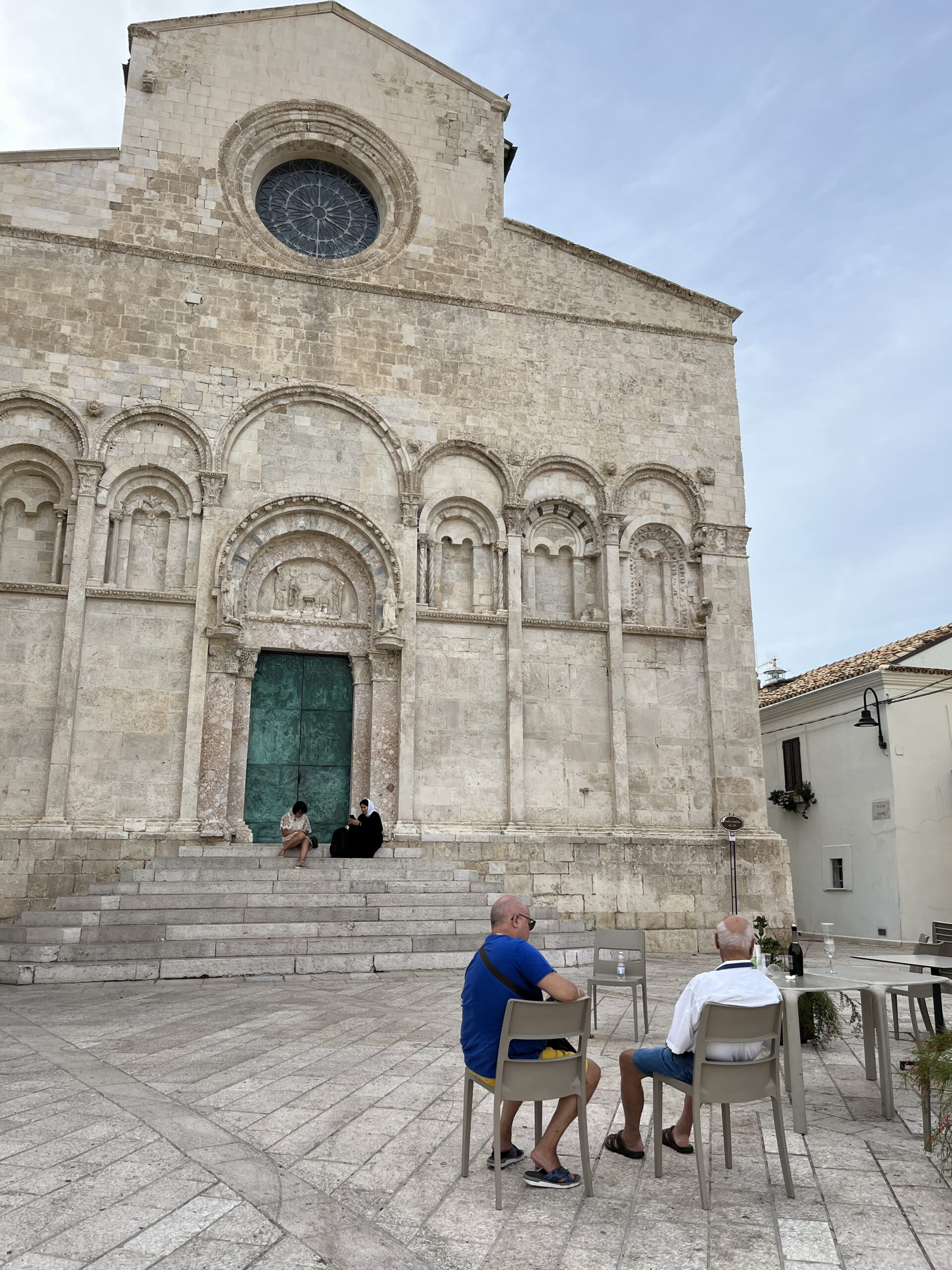
Visiting Molise, it must be said, requires some commitment. Public transit scarcely exists; a rental car is a must. Patience, too, is a prerequisite. In Molise, Google Maps misfires. You’ll find yourself guided the wrong way down one-way roads. You’ll seek out restaurants only to find their listed opening hours are pure fiction. Eventually, in search of churches or cafes or ATMs, I put away my phone and just talked to people.
Even Molise’s comparatively well-known sites seem uninterested in being discovered. Near the village of Sepino lies a field of archaeological ruins, a former Roman valley town, with the stone remains of an amphitheatre and a colonnaded forum, a micro-Pompei. But the site is virtually unmarked from the main road. There are no tickets, no opening hours, no ropes keeping anything out of bounds – only a gorgeous spread of onetime grandeur, with wild sage growing all around, where our 4-year-old happily played hide-and-seek in the mazelike remains. Aside from three Belgians, he had the place to himself.
A respite from over-tourism
It’s impossible to talk about the appeal of Molise without also talking about the state of tourism in Italy. It is, in short, a hot mess. So many of the country’s most famous places are postcards for the ills of over-tourism. Crowds consume the walkways of the Colosseum; drown out any sense of local life in central Venice; flock to Sicily’s “White Lotus” location; and choke off streets in Florence, including one alley where the crowd is inexplicably queuing for a panino.
Italy was too crowded even before the pandemic, and during the hiatus, a raft of leaders said it was time to create a more sustainable model. Naturally, nothing happened, and more people are visiting than ever before.
Katie Parla, Rome-based cookbook author and tour guide, said visiting Rome is a “borderline required” experience in a lifetime. “But when you’re walking down the street,” she said, “it’s hard to tell who is local and who is not. In Molise, you’re in a place that is so authentically itself. Understanding Italy means going to places that haven’t lost anything due to the ramifications of tourism.”
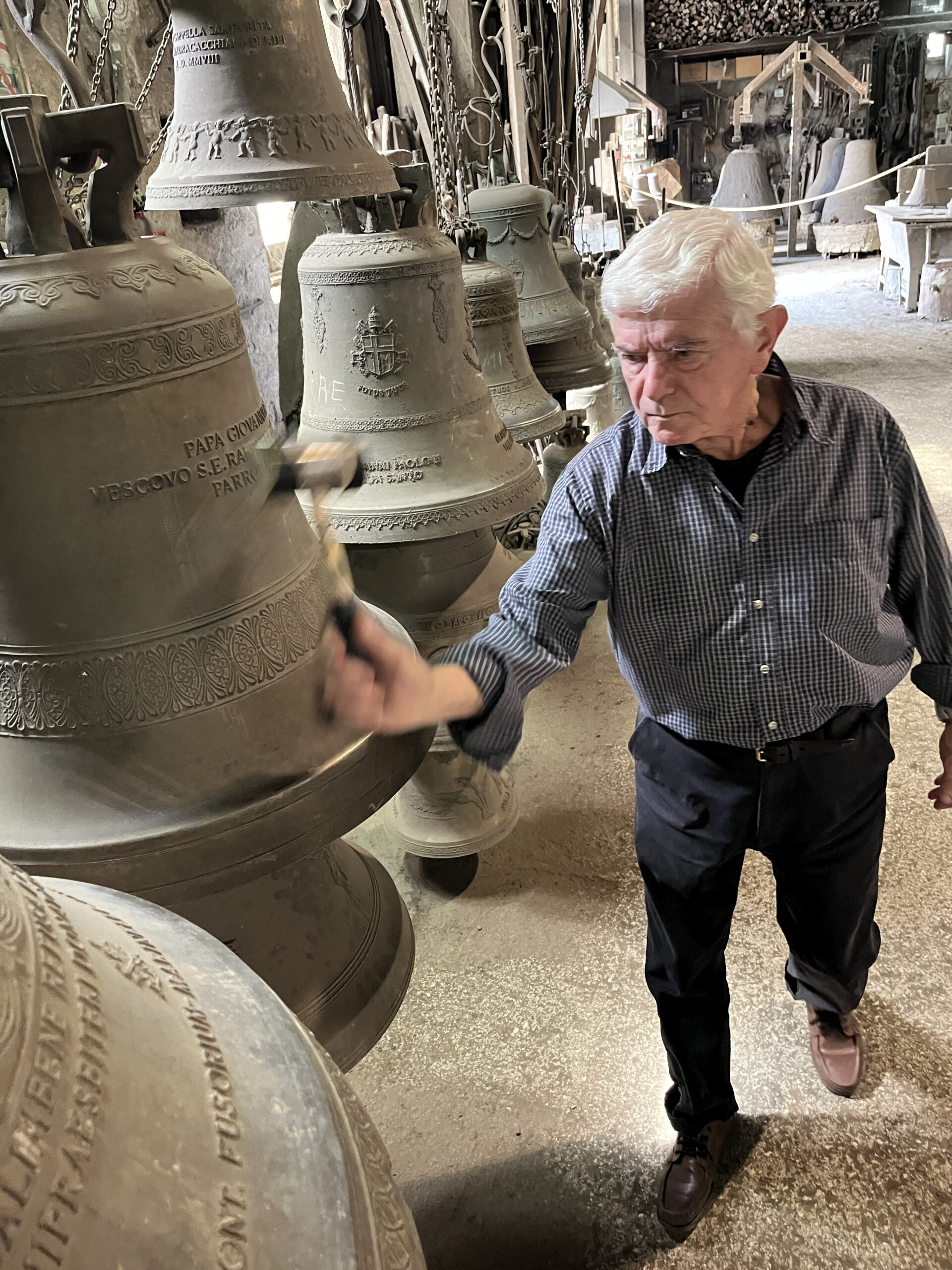
Italy saw 48 million foreign visitors in the first six months this year, according to its central bank, which tracks international tourism. More than 3.6 million of those visitors ended up in Tuscany. Only 20,000 went to Molise, making it by far the country’s least visited region.
Until this trip, I had never been to Molise. But it’s a stand-in for my general Italy travel advice, which is: trust the place you’ve never heard of. Up in those forgotten towns, on almost every hilltop in Lazio and Campania and inland Calabria, there are churches with 14th century frescoes, town piazzas with 1 euro cafes and men playing cards, and almost inevitably, some trattoria serving something great.
That’s true in Molise, where several factors, including depopulation and the hollowed economy, make the wonders even more unlikely. These aren’t easy places to live; it’s so remote and craggy. The young, unable to find jobs, tend to flee to other regions. Molise’s population declines roughly 1 per cent every year, according to national statistics.
“The almost total rurality of the Molise people is the origin of their defects and virtues,” the author Francesco Jovine wrote in his book, “Viaggio nel Molise,” a travelogue that we received from our friend Stanislao de Marsanich, president of a park system that honours Italian authors.
Farm stays and cheese-making
It dawned on me after a few days in Molise that the dearth of visitors bestows a deep benefit. We saw it in the attention, the energy and the affection gifted to visitors. Among the people whose jobs entail dealing with tourists, there was no fatigue or cynicism. This might be possible, too, in places with conveyor belt tourism. But it’s far likelier in Molise.
We spent our first three nights in the region at Parco dei Buoi, an agriturismo, or farm stay, in the middle of olive groves and apricot trees. Such places are abundant in Italy, and you normally get a humble room and a good breakfast, maybe some mosquito bites. What we found at Parco dei Buoi was plenty of good food and also a near-instant family: Francesco Travaglini, Pia Mariani, their daughter, Giulia, soon departing for college in Milan, and their son, Gabriele.
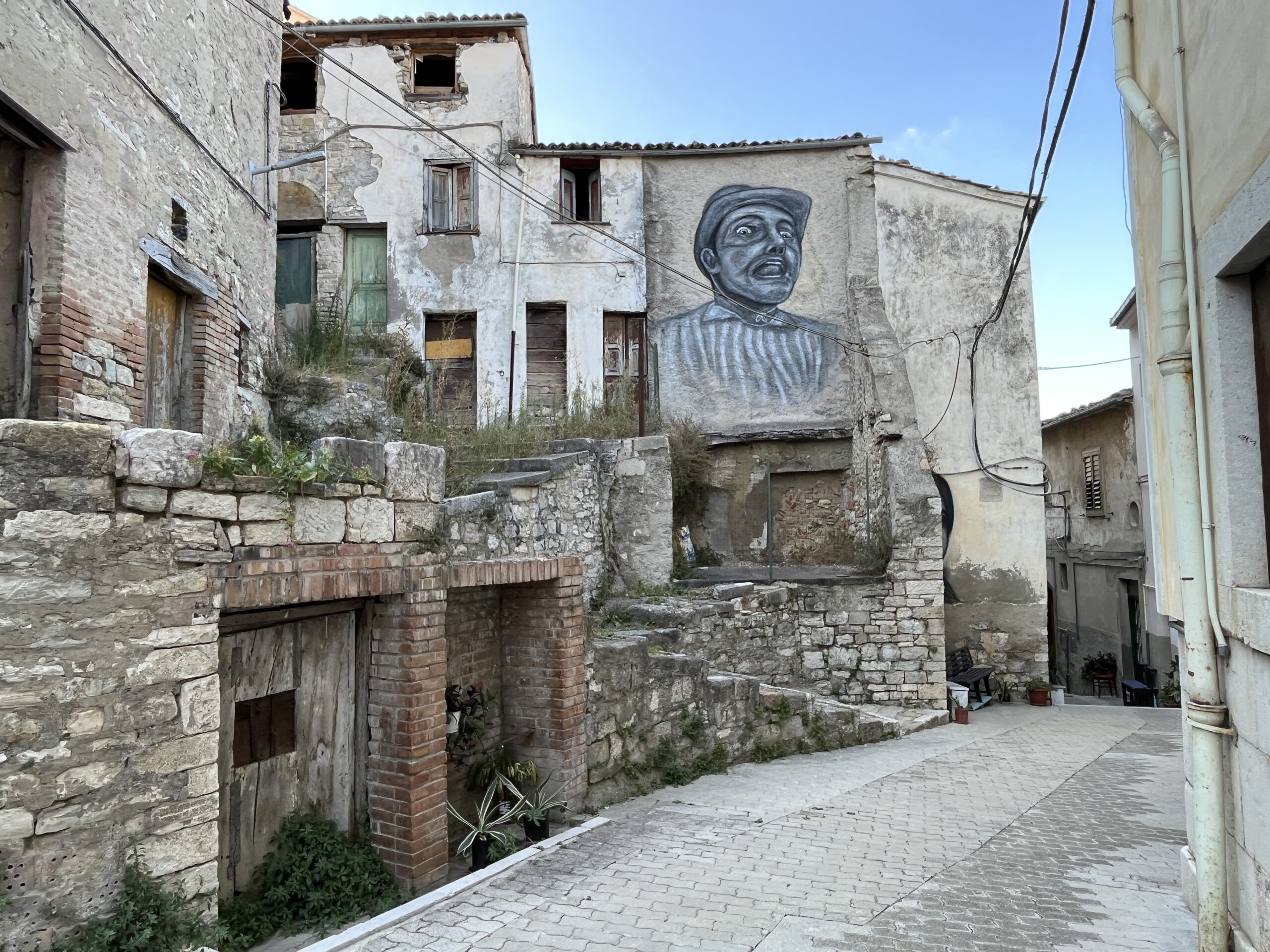
Pia doted so joyfully on our 5-month old that my wife, Lilian, and I had one morning almost entirely to ourselves. Giulia took our son to harvest tomatoes, which were turned by Pia into a pasta al pomodoro so sublime that the sugo didn’t even need cheese. We ate together at a table with a local beverage.
Maybe that was a one-off, I thought, a special stroke of Molise luck. But then we found ourselves at a family-run cheese factory, Azienda Agricola Carmela Colavecchio, in the hills outside Campobasso. Carmela and Mario had prevailed several days earlier in a national competition for caciocavallo, the southern Italian cow’s milk cheese. Cheese-makers can be big deals in Italy, and many offer regular tours of their operation. Mario, a former hang-gliding instructor, said he gets many visitors at their farm, too, but given how it went – so unplanned and heartfelt – I found that hard to believe.
We saw the cheese-making process, of course, led by his wife, Carmela. Then he invited us to walk with his sheep as they ambled to a pasture, led by volunteer shepherds. For a while, we were out there in the field, unsupervised, snacking on wild blackberries. We returned to find Mario wrapping up the day, and he invited us into his home. He played music for us. He introduced us to his friends. As the temperature dipped, he asked if we wanted to go meet his cows, and he grabbed a flannel jacket for our son that was about 12 sizes too big, wrapping it around him as they walked.
An eating ‘Field of Dreams’
Molise’s cuisine is heavy on meats, cheese and wild vegetables. On Google, the restaurants that serve them might have just a few blurry photos. But more often than not they are gems. One day we pulled off a highway to a little trattoria where you could smell the smoked meat even from the parking lot. The door hung open, just some string beads blocking the entrance, and inside a TV played the U.S. Open. We sat down to simple plates of pasta, served only with parmigiano reggiano and a jar of chili flakes.
It was EUR7 per plate.
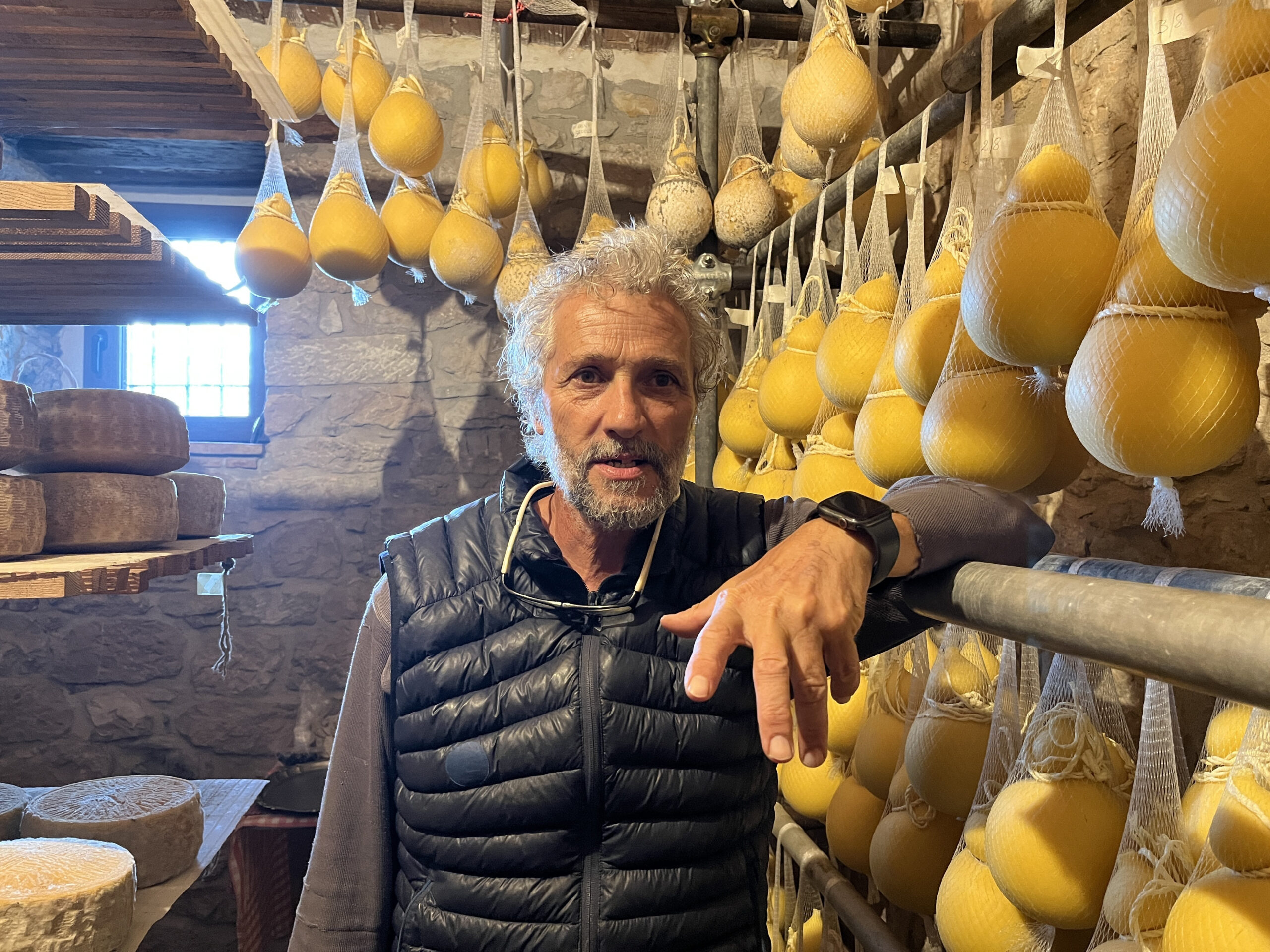
One Sunday evening, we found ourselves in a predicament. Our kids were tired, and we couldn’t find a place to eat. I called one restaurant: closed. Another restaurant: closed. Another restaurant: open, but only from 8pm. Our daughter would be getting tired by then.
A little panicky, I called a nearby agriturismo, Essentia Dimora Rurale, a place Francesco had recommended, and asked if they by chance served dinner. The place was 10 minutes away by car.
“Let me ask the chef if there’s space for tonight,” the voice on the other line said.
I waited a moment.
“Okay. We have one more table,” he said.
I didn’t ask any other questions.
We arrived to find a farmstead that opened up to a vast field, soccer goals set up on one side, a playground and tables arranged under string lights. Beyond, the rolling hills unfolded in shades of brown and green, and a vignette of pink framed the sky. In the distance you could see a little village, the evening lights turning on.
As we walked in, feeling like we had entered an eating “Field of Dreams,” the agriturismo owner, Salvatore Zeoli, offered to guide the evening’s diners – there would be about 20 – deeper into his farmland. He talked about the tomatoes and the grains and led us to a field of chickpeas. This was his way of introducing what would turn out to be a celestial meal, every ingredient from Molise.
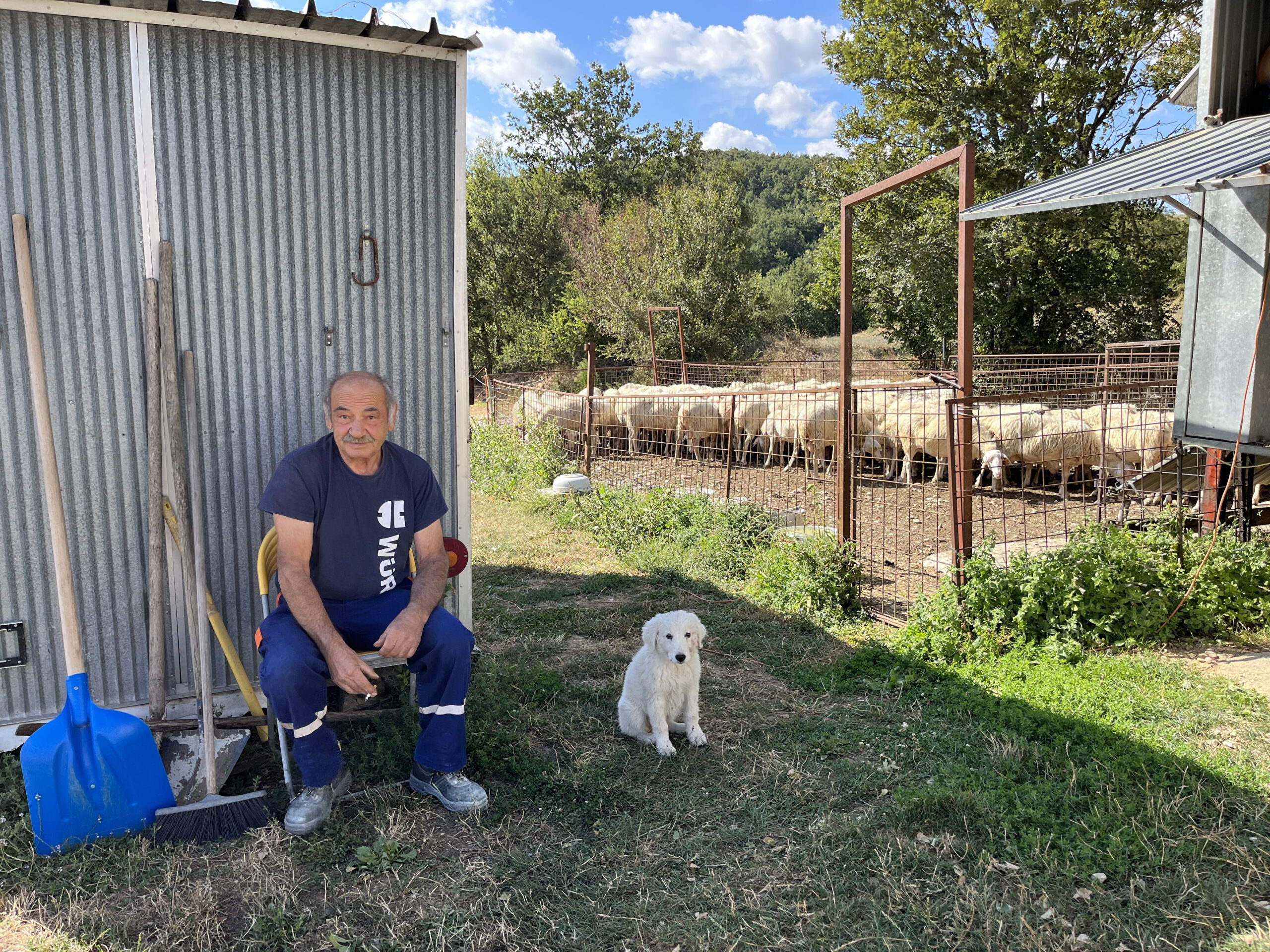
There under the lights, we ate spicy salami, caciocavallo, eggplant fritters and prosciutto where even the fat tasted good. We ate a soup of chickpeas and carrots that looked homemade but tasted like something unattainable. We ate a pasta of ancient grains with pesto and tomato, spiked with a lively olive oil along with another meat dish. The meal stretched for two hours, then nearly three, and we ended up breaking all the bedtime boundaries and laughing about not caring. Our 4-year-old, after finishing his pasta and playing in the field, fell asleep in the stroller. Our baby fell asleep in the carrier. By the end it was just eight or nine tables in the near-darkness, and Lilian remarked that what made the meal so special wasn’t any particular bite, but rather the unabashed simplicity. No dollops of any precious delicacy. No eye toward plating.
Just food that you would want to eat.
Before we left, Salvatore gave us two bags of pasta – a parting gift for every guest, he said. We carried our children into the car and headed over potholes and pitch-black country roads.
If Google sent me headlong down any one-way roads I didn’t know, there was nobody else around. – CHICO HARLAN
